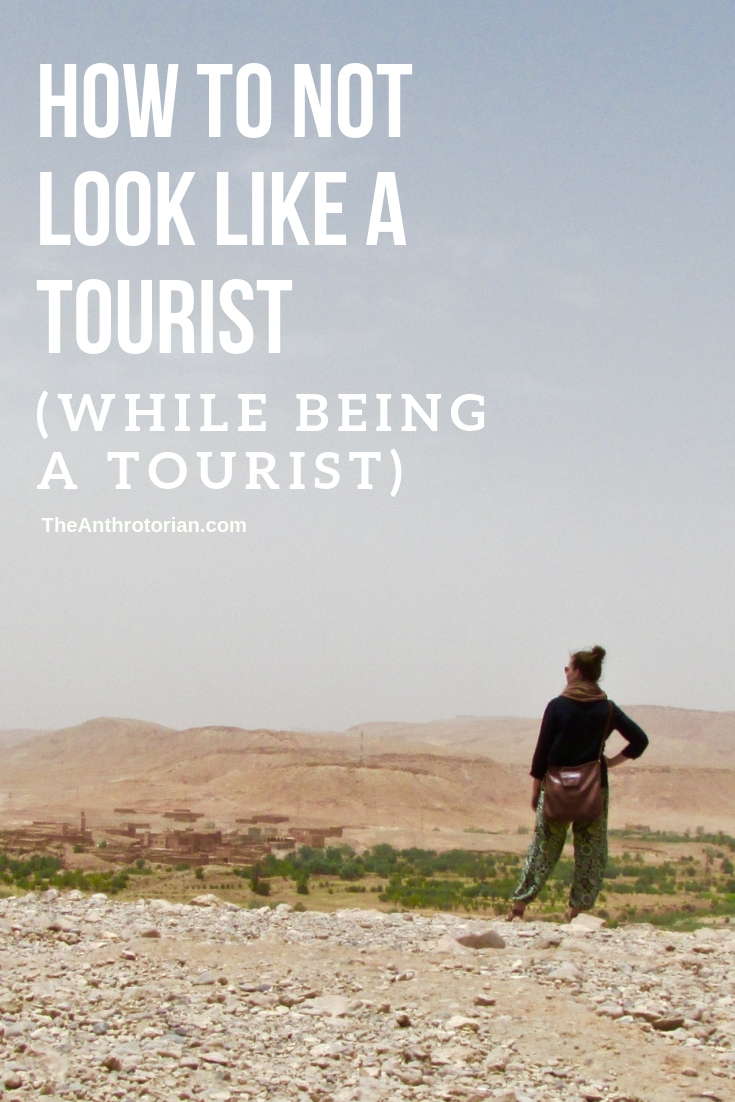Our room was hot, too hot.
The ‘great deal’ we had gotten on our beach hut because it was devoid of air con, fans, or working windows didn’t seem so great anymore.
I opened my eyes to doscover that the world was spinning, my mouth was dry, and my hepatitis free store bought water was on the other side of the room. A bead of sweat ran down my back as I lifted my head and wiped, what felt like half the beach, off the side of my face. The rest of it had somehow made it onto the floor beside my bed.
As my body slowly began to wake up, I realized that the bottom of my right foot felt tight, like I had a piece of tape or something stuck to it. I slowly twisted my leg to take a look, and I found myself staring at a black lotus flower... a permanent black lotus flower.
I was suddenly VERY awake. There was a tattoo on the bottom of my foot.
How drunk was I last night?
Feeling panicked, and ignoring the growing pounding in my head, I jumped up, ran past my water to the bathroom, stripped down and took a quick survey of the rest of my body to make sure there were no other inked surprises. After a few quick spins in front of the mirror, I could confirm that, thankfully, my drunken self had kept the bamboo body art isolated to the foot area. Leaning against the sink, I couldn’t help but smile, I had a feeling that something like this would happen when I made plans to spend a month in Thailand. I knew that the tribal lure of the bamboo ink was going to be too much for me to ignore.
Bamboo tattooing is an ancient technique that is thought to have originated in South East Asia, during the Khmer period, almost 3000 years ago. In Thailand, Buddhist monks first started using these tattoos to ink religious texts on their bodies as a type of protection spell. Today, tattooing is not part of mainstream Thai culture and is still reserved primarily for monks, soldiers and criminals who believe the skin-art will protect them with strength and invisibility.
“The skin is punctured, not torn, so there is no blood that rises to the surface and no scabbing occurs.”
Because of this, and because of how much easier it is to learn to tattoo with a machine, the practice is, sadly, starting to die out. The technique, requiring excellent hand-eye coordination and a lot of patience, involves a small needle attached to the end of a stick of bamboo that is tapped into the skin. The skin is punctured, not torn, so there is no blood that rises to the surface and no scabbing occurs. The lack of blood means that the dye is not pushed out and, if you are using color, will stay vibrant and last longer than tattoos created with a gun. The healing time for these types of tattoos, depending on the size, can take a few days or, in my case, be almost instantaneous. (I am pretty sure that I was barefoot in the sand, doing shots, the minute after mine was completed). I had been warned that this technique was MUCH more painful than tattoos done with a gun, but (luckily?) I must have been way too drunk to feel anything because all I could remember was a slight tickle.
Having used all my morning energy in the panic of potentially finding a Buddha head on my shoulder or a palm tree on my butt, it was all I could do to drag myself out of the bathroom and back to my bed.
My travel buddy groaned in the bed next to me just as I collapsed onto the mattress. She lifted her head, looked at me disoriented and mid stretch asked me to see if she had something stuck to the bottom of her foot.
I turned to take a look, and there, looking back at me were three black, bamboo inked, stars. I laughed, told her that I liked her tattoo and watched as her eyes widened.
At least I wasn’t the only one who made questionable decisions while under the influence.







